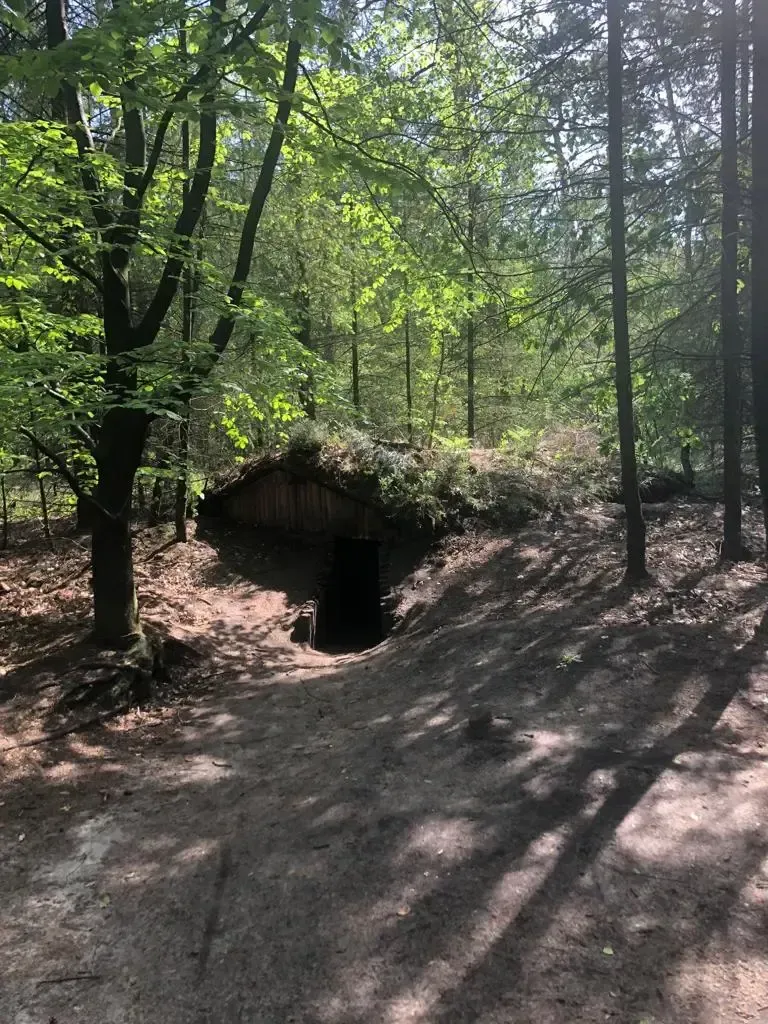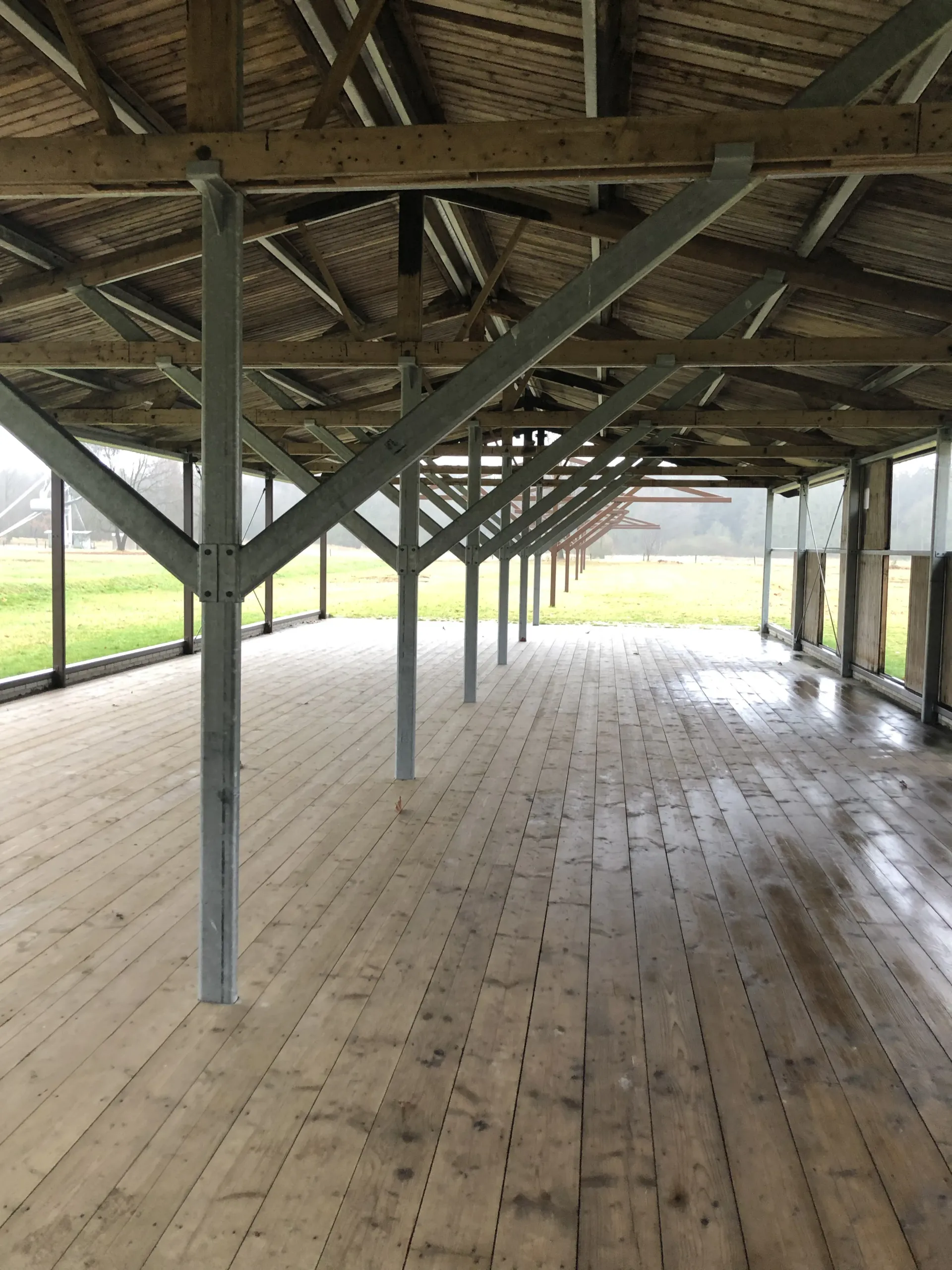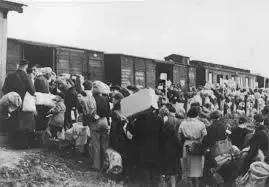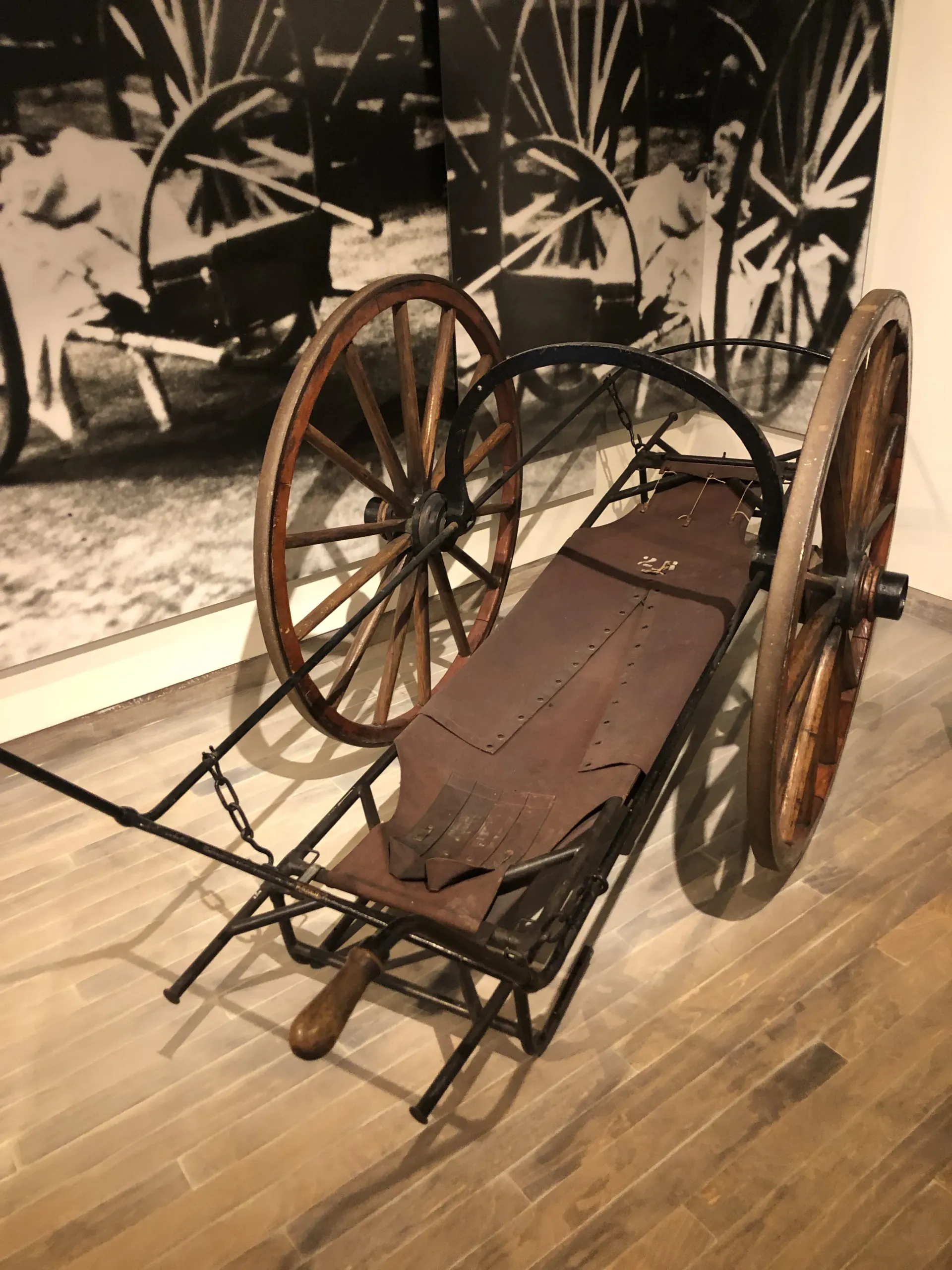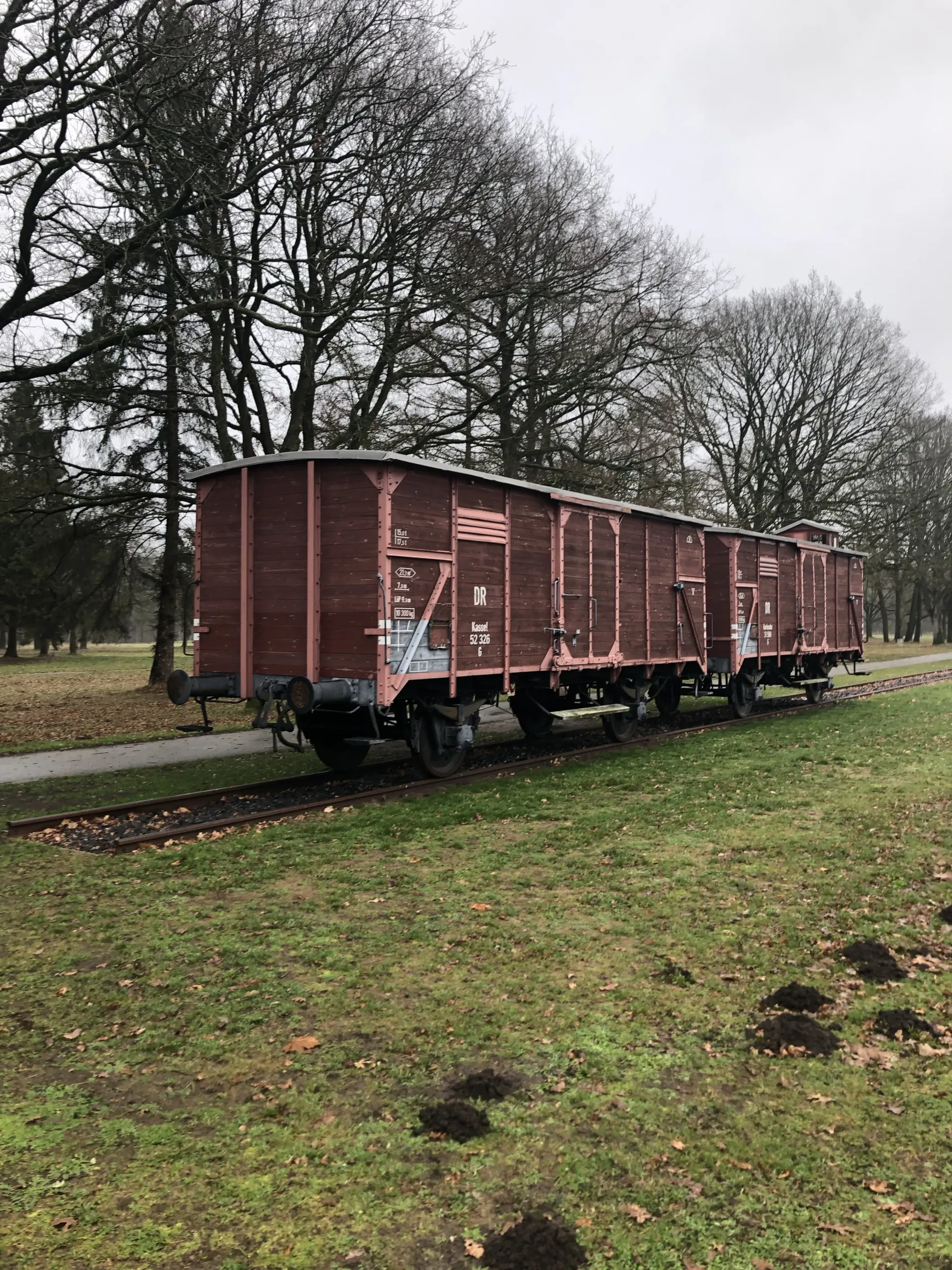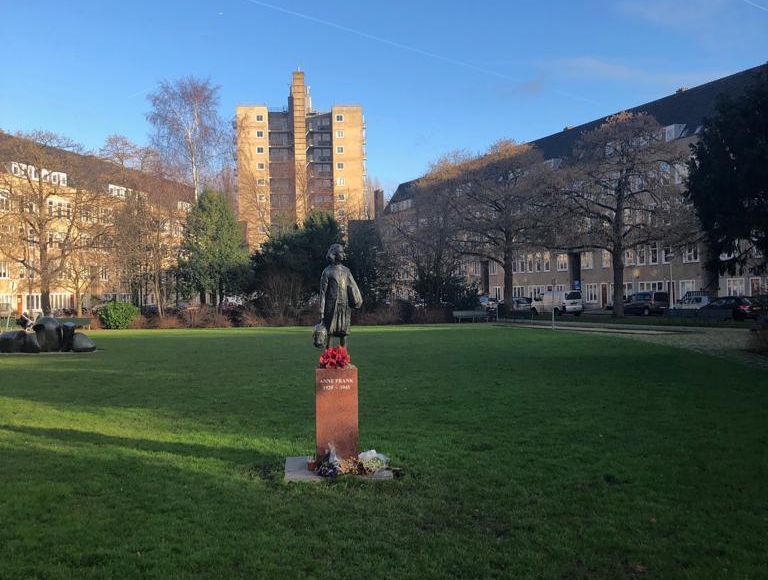Camp Westerbork
A day trip from Amsterdam
Description of the day to Westerbork
It's about a two-hour drive from Amsterdam to the visitor center at Camp Westerbork. Here, we begin our emotional journey, after which we'll walk to the camp itself. During this walk, we'll explore not only the history of the camp itself but also that of the people who stayed there. We'll learn about their lives in the camp, the daily challenges they faced, and the ultimate fate of more than 100,000 Jews during World War II. This experience offers us the opportunity to reflect on the horrors of the past and the impact this history continues to have on our society today.
Agenda
- Pick up from your accommodation in Amsterdam and drive to Drenthe.
- Introduction to the history of World War II, Anne Frank and the fate of the Jews during the journey.
- Visit the Camp Westerbork Memorial Center.
- Organized walk through the former camp site and reflection at the 102,000 stone monument.
- Optional lunch stop at a local café (not included).
- Visit to the Hidden Village near Vierhouten, a hidden place from the Second World War.
- Return trip to Amsterdam and drop off at your accommodation.
Prizes
Price for 1 person: €650,-
Price for group of 2 to 4: €350 p.p.
Price for group of 5 tot 8: €290 p.p.
All prices are including transportation and tickets
Blogs about Westerbork

